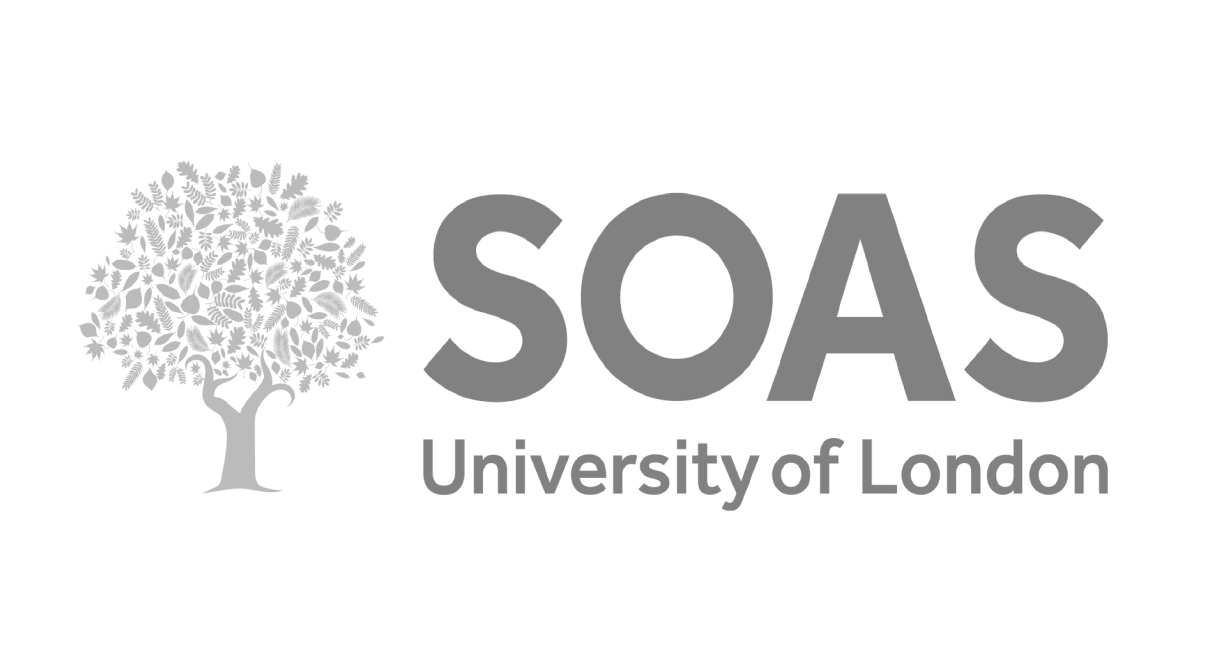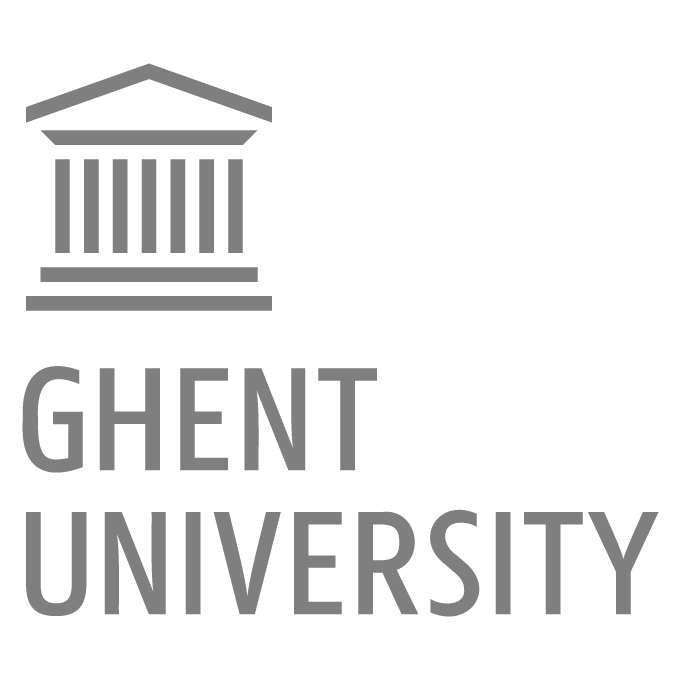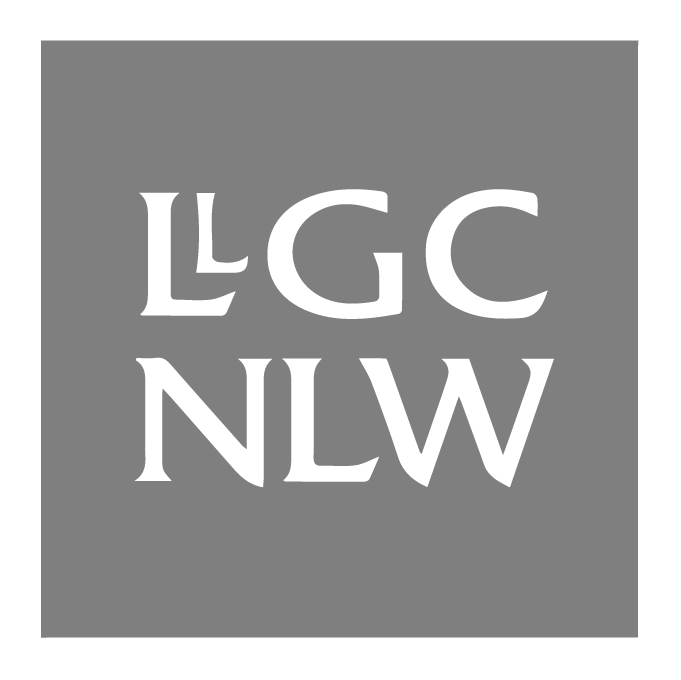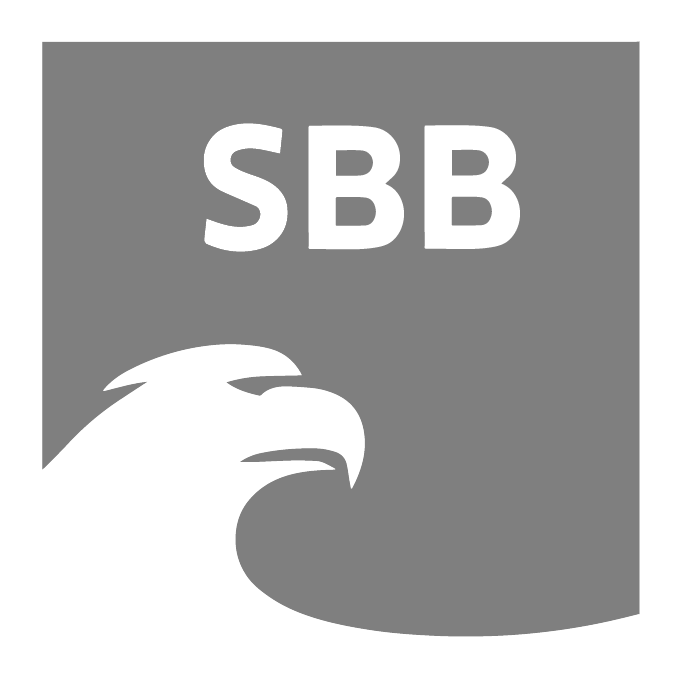Releasing the potential of new digital infrastructure and standards.
There are many uses for an annotation platform: crowdsourcing transcriptions, image annotation, OCR correction, metadata enrichment using controlled vocabularies, to name but a few. There has been an explosion in use cases from research and memory organizations in recent years as the underlying technology and standards have developed alongside the practices for utilising them. Madoc has been developed to release the potential of these technologies and practices, working closely with practitioners to meet their evolving needs.
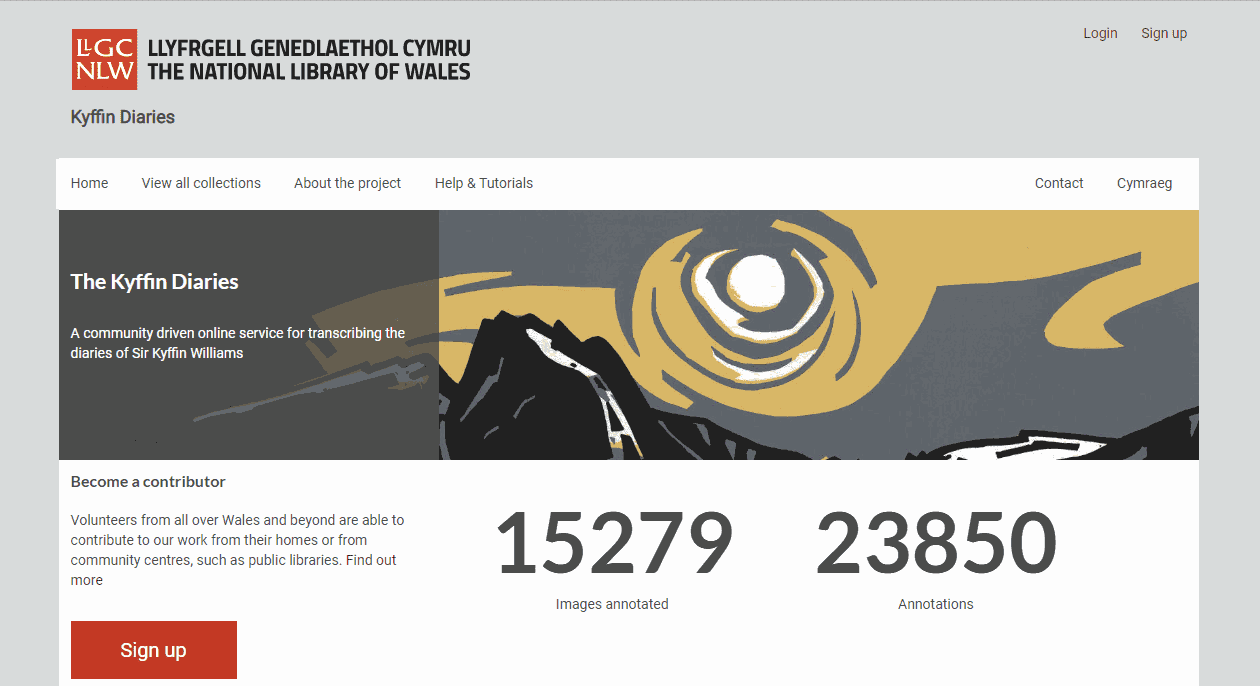
Learn how Digirati are collaborating on Madoc with the Ghent Centre for Digital Humanities to facilitate new approaches to public crowdsourcing, academic research and teaching.
Read the case studyAll you need to get going with your latest crowdsourcing and annotation projects
Single end-to-end platform
Madoc uniquely covers all aspects of annotation processing end-to-end, from importing to exporting and everything else in between. This simplifies projects by minimizing the number of data handling steps and integration points.
Comprehensive workflow support
Madoc is configurable for a wide range of potential user journeys from a simple public crowdsourcing project to more complex workflows required for scholarly studies or digital publications.
IIIF management and enrichment
Madoc enables the sorting of images into manifests, and manifests into collections, which, when combined with its annotation and metadata management capabilities, makes it the ideal tool to manage and enrich your IIIF collections from different sources and for a variety of outputs.
Designed to extend and integrate
If Madoc doesn't quite meet your needs then never fear! Its comprehensive apis and modular design make it easy to extend its functionality further and integrate with other tools.
IIIF from the ground up
IIIF is baked into every aspect of the Madoc architecture, not only can you work with any material available online as IIIF, but you are also benefiting from wider community developments and tools that complement it.
Flexible configuration
As a non-technical admin you can use the interface to set up and configure projects, including a templating mechanism to configure them to be as intuitive for users as possible depending on the nature of the project.
A destination for showcasing
Madoc has its own flexible showcasing capabilities, so no need to take the option of outputting your project to another system for viewing your enriched collections, everything can be done in one place, including adding complimentary editorial content to your showcase.
Get in touch to find out how Madoc can help your organisation.
Want to know more?
Open source approach
The platform is offered by Digirati either as a managed on-site or hosted version. It utilises open standards such as IIIF3 and Web Annotations. The source code is maintained by Digirati in a public GitHub repository under the MIT License. Feature requests, product roadmap and issues areall public. If you have a feature request, we'd like to hear it!
Part of an ecosystem of software components
Madoc has been developed to work alongside other Digirati software components such as our IIIF Cloud Service, IIIF Search server, and the Digirati Manifest Editor. And its pluggable architecture has been tried and tested with the latest OCR, NLP and Machine Learning libraries as part of Digirati customer projects.
